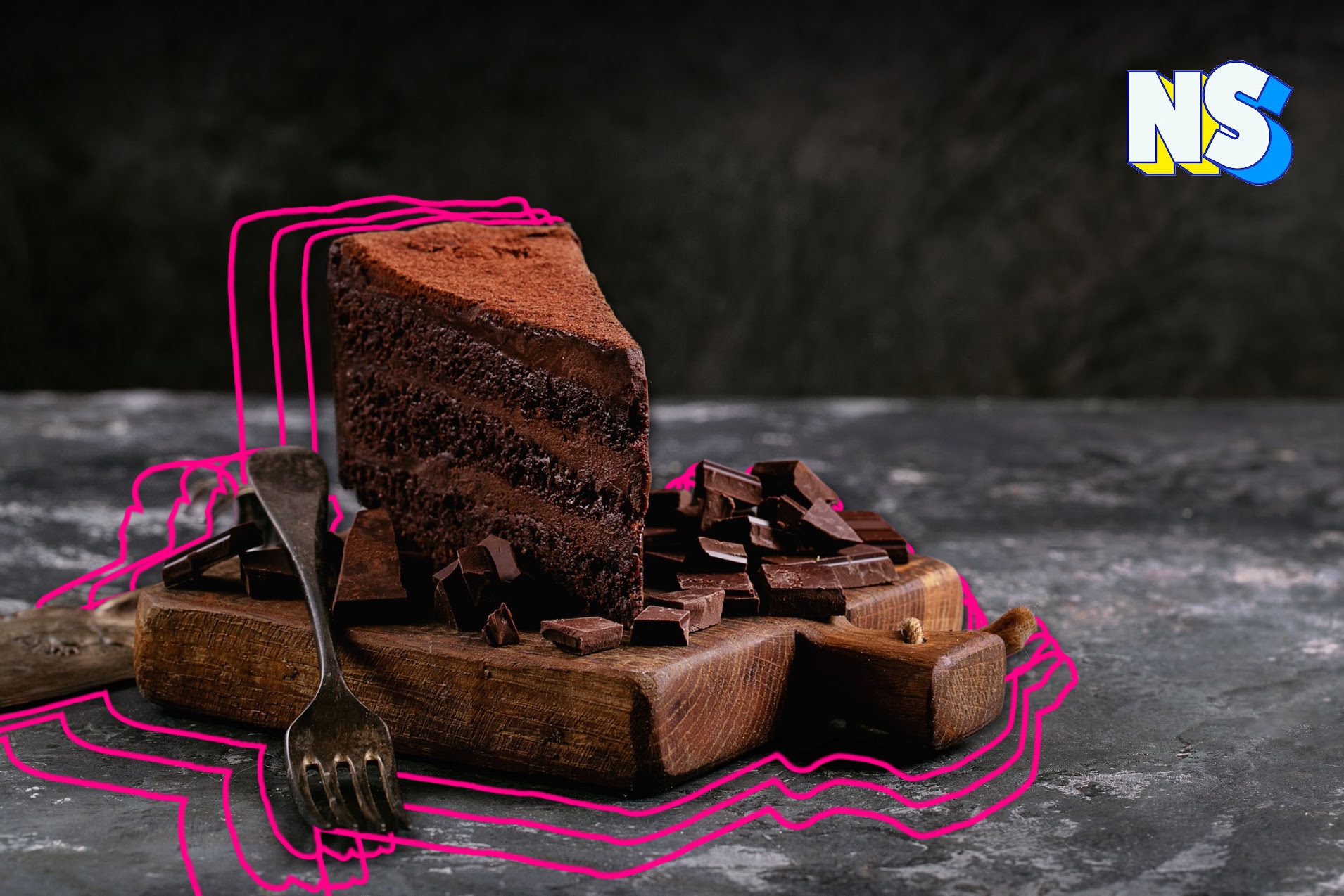Image courtesy of Nuestro Stories.
I love chocolate. You love chocolate. Pretty much everyone loves chocolate. Now that we’ve gotten that out of the way, we’re going to talk about chocolate’s more bitter, more powerful, far more spiritual mother — cacao. Used in food, medicine, and tribal rituals for centuries, cacao is nothing short of versatile. But did you know these things about this miraculous bean?
Cacao is worth its weight in gold

Or at least it was to the Maya. In Mayan times, cacao beans were used as currency. In fact, the value of the cacao bean was so high that it was considered worth more than gold, which the Maya people highly revered. Because of the importance of this naturally occurring gift from mother nature, the Maya restricted the growth of cacao to prevent people from being able to print their own money.
It’s good and good for you… okay, actually, it’s not that good. But it’s good for you
Though cacao has birthed the magical marvel known as chocolate, the actual cacao bean itself is not the most tasty of treats. In fact, its bitterness rivals a few humans in so many of our lives. But much like so many other things in the world, the things that are good for you don’t always taste the best. Certain parts of the cacao bean have been found to have antibacterial properties that fight tooth decay, and the ancestors used it for these purposes thousands of years ago. By chewing on the bean’s part, the tribespeople could keep their teeth clean.
But who did it first? It’s not who you think
If you grew up Latino, at some point in life, you’ve heard about the importance of cacao to the Maya and Aztec people. The bean was often used in a multitude of ceremonies. Despite the importance of cacao to the Maya and Aztec culture, it was actually the Olmecs, chronologically, who were considered the first ones to utilize the bean in all its forms – for health, wellness, and ceremonial purposes.
Blood of the heart; let’s drink together
Cacao ceremonies are an ancestral practice that most Latin-based cultures participated in, but as previously mentioned, it was extremely predominant in Maya culture. The Nahuatl word Ka’kau means ‘blood of the heart,’ and Chokola’j means “to drink together.” The Maya origin story in the Popol Vuh alludes to the Mayan gods bleeding over cacao pods, which were used as one of the ingredients to create humanity. Because of the various properties, the Maya believed cacao could open one’s heart space and changes one’s mood to create balance where there may have previously been chaos. It is often considered ‘food for the shift.’ Cacao was and is used in various ceremonies, from baptisms to sacrifices, to funerals and marriage ceremonies. It represents the dichotomy of both life and death.





